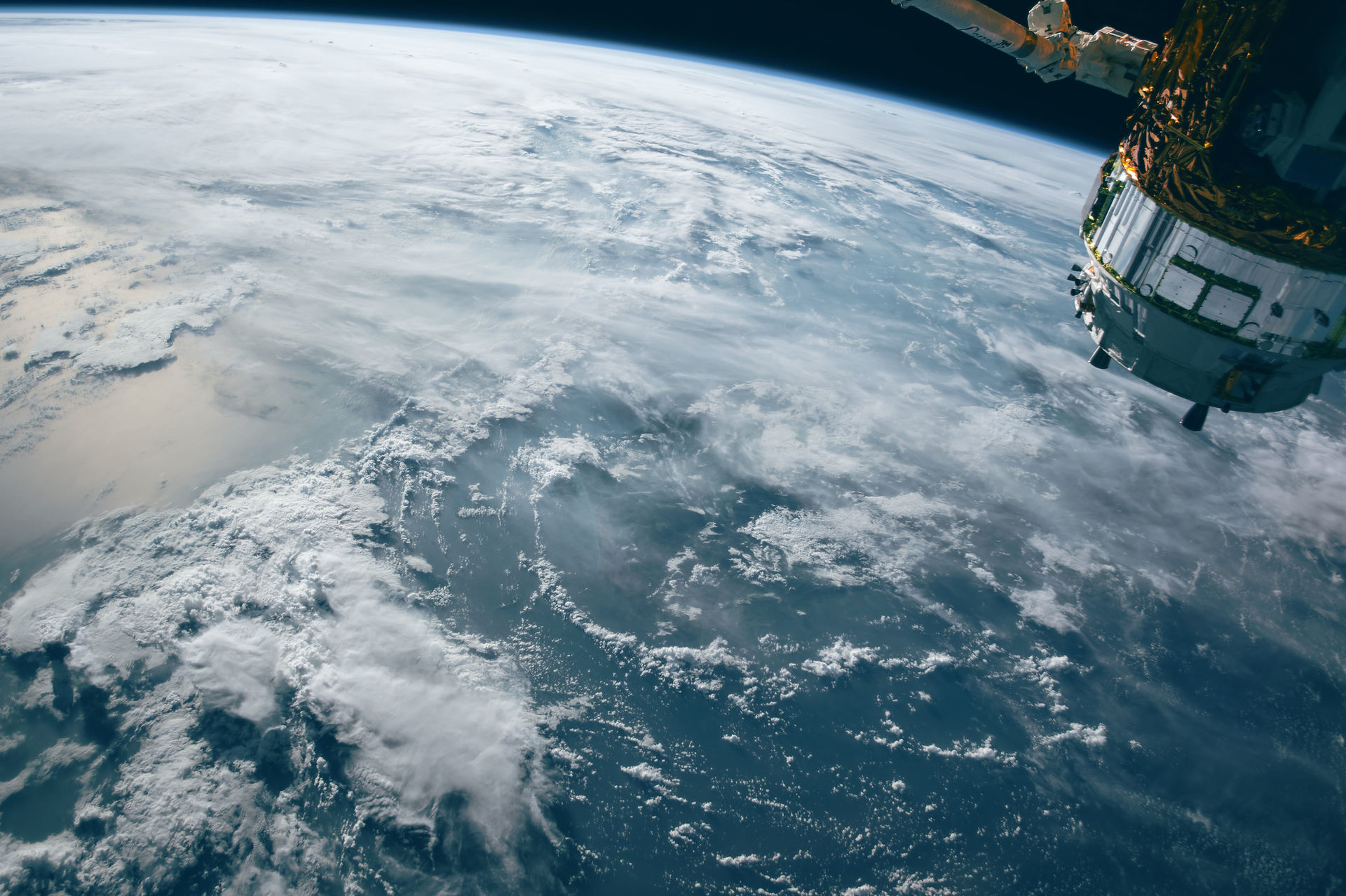Artemis Returning Humans to the Moon and Beyond.
- Kate Green
- Aug 26, 2024
- 3 min read
The Artemis program is a pivotal initiative by NASA which represents a significant leap in human space exploration. Named for Artemis who is the twin sister of Apollo and goddess of the Moon in Greek mythology, the mission will build on the legacy of the Apollo missions by returning humans to the Moon and lay the groundwork for future exploration of Mars and beyond.
Here’s a comprehensive look at the Artemis missions and their goals.
Objectives of Artemis Missions
Scientific Discovery: The Artemis missions are designed to explore and conduct scientific research on the Moon. This includes studying the lunar surface, analysing samples, and understanding the Moon’s geology and history. The goal is to gather information that can help us understand the early solar system and the processes that shaped it.
Technology Advancement: Artemis aims to push the boundaries of space technology. This involves developing new spacecraft, landing systems, and habitats that will not only support lunar exploration but also future missions to Mars. Key technologies include the Space Launch System (SLS) rocket, the Orion spacecraft, and the Lunar Gateway.
Sustainable Presence: One of the primary goals of Artemis is to establish a long-term human presence on the Moon. This involves creating sustainable habitats and infrastructure that will allow for extended stays on the lunar surface. The plan includes building the Lunar Gateway, a space station in lunar orbit, and establishing lunar bases that can support ongoing exploration and research.
Preparation for Mars: The experience gained from living and working on the Moon will be crucial for planning human missions to Mars. The Moon serves as a testing ground for technologies and strategies that will be used for longer-duration missions beyond Earth, including Mars.
Inclusivity: Artemis is committed to diversity and inclusion. NASA plans to land the first woman and the first person of colour on the Moon, reflecting its broader goals of expanding representation in space exploration. This inclusive approach is expected to inspire a new generation of scientists, engineers, and explorers.
Key Components of the Artemis Program
Artemis I: This uncrewed mission, launched in November 2021, tested the Space Launch System and the Orion spacecraft. It aimed to validate the systems and perform critical mission profile tests in preparation for crewed missions.
Artemis II: Scheduled to launch no earlier than September 2025, it will be the first crewed mission of the Artemis program. Artemis II will carry 4 astronauts -including the first woman and the first person of colour - around the Moon but will not land. This mission will demonstrate the capabilities of the Orion spacecraft with a human crew on board.
Artemis III: Planned to be the mission that returns humans to the lunar surface, including landing at the Moon’s South Pole. This mission aims to establish a new era of exploration and scientific research.
Lunar Gateway: A planned space station in lunar orbit that will serve as a staging point for lunar missions and as a base for deep space exploration. It will be a collaborative effort with international partners and commercial entities.
Lunar Surface Exploration: The Artemis program will utilize various landers and rovers to explore the lunar surface. This includes the development of the Human Landing System (HLS), which will transport astronauts from lunar orbit to the surface.
Collaboration and Partnerships
Commercial Partners: NASA is working with private companies to develop new technologies and systems for lunar exploration. This collaboration is aimed at leveraging commercial innovation and investment to advance space exploration.
International Partners: The Artemis program involves collaboration with international space agencies, including the European Space Agency (ESA), the Canadian Space Agency (CSA), and others. These partnerships will contribute to various aspects of the program, including scientific research and the Lunar Gateway.
Impact and Legacy
Inspiration and Education: The Artemis missions are designed to inspire global interest in space exploration and STEM (Science, Technology, Engineering, and Mathematics) fields. By showcasing human achievement and inclusivity, the program aims to motivate future generations.
Economic and Scientific Benefits: The technologies and knowledge gained from the Artemis program will have wide-ranging applications beyond space exploration. This includes advancements in materials science, robotics, and remote sensing that can benefit various industries on Earth.
Through its ambitious goals and collaborative approach, Artemis aims to extend humanity’s presence into the solar system and inspire a new era of discovery and innovation.
Image Credit: On November 28, 2022, flight day 13, Orion reached its maximum distance from Earth during the Artemis I mission: 268,563 miles away from our home planet.
With that milestone, Orion had traveled farther than any other spacecraft built for humans, although there was no crew on board this flight. NASA.


Comments